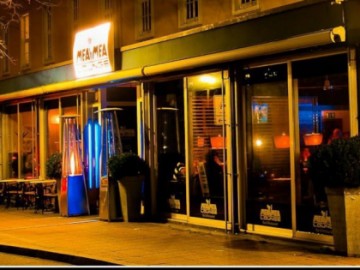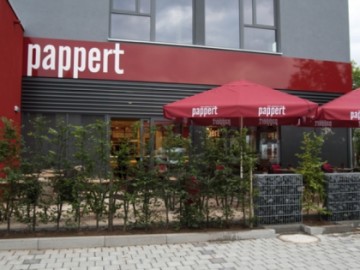Frauenberg Monastery, or the Cradle of German Catholicism
The history of Fulda as a majorreligious and cultural center started with the appearance of the FrauenbergMonastery. It was founded in 744 by Saint Boniface, together with his faithfulfollower Sturm. Having left the latter to rule the monastery, Boniface departedto the Dutch lands to preach Catholicism, where he was killed by an enragedpagan. There is also another version of the saint's death. Some facts point outthat Boniface was killed by robbers, and that’s what accounts for his deadlywound: the missionary’s head was stuck by a knife.
Anyhow, the relicsof Boniface, instantly canonized by the Catholic Church, were quicklytransferred to Frauenberg founded by him. Pilgrims started to reach for themonastery. Several times it was completely destroyed. Rumors about theincredible wealth in its treasury, the brutality of the Catholic Church duringthe "witch hunt", as well as human gossip and envy in the XVI centuryprovoked a civilian riot. The rebels burned and looted the monastery, and themonks had hardly regained the native ruins and sorted out the mess, before theThirty Years' War started. Since then, Frauenberg was constantly pursued bymiseries: either fires, battles or epidemics every fifty years. Because of thenumerous reconstructions Frauenberg Monastery has lost its architecturaluniformity. Today, it is surrounded by religious and historical sites. You caneven live in Frauenberge, if you want: a comfortable pilgrim hotel was arrangedin the territory of the monastery in the late twentieth century.

































